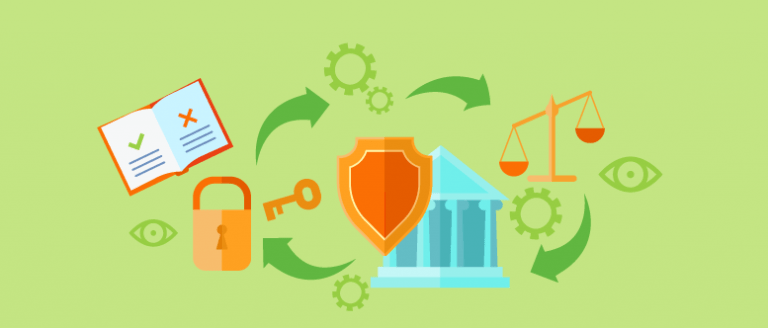The number one concern of asset managers is to effectively maintain data security and to achieve proper management of their company’s systems. For sure, for a company to maintain its operational costs, strategic management is a requirement. At the same time, strategic management of IT assets enables a company to maintain high standards of data safety.
One of the most important asset management strategies is outsourcing primary organizational responsibilities to external service providers. Asset managers should consider outsourcing from organizations that are well positioned to offer efficient services that are cost-effective compared to hiring new employees at the company. However, the question that asset managers should ask themselves is whether the organization they are outsourcing from will undermine their data security. Proper background checks are necessary to ensure that they hired external vendor handles data in the appropriate ways.
That is why you need SOC compliance; a dedicated evaluation service which provides a SOC report. A SOC report provides information about the external vendor and evaluations that indicate the external vendor’s internal controls.
Defining a SOC 1 Report
A SOC 1 Report is a detailed evaluation of an external service vendor’s operational environment and internal controls. The evaluation aims to identify these factors as they relate to your company’s financial reporting and data security. The primary purpose of the SOC 1 Report is to assess the risks that may pose from your service provider’s controls as these can negatively affect your organization’s data and IT assets security.
In simple terms, asset managers collect the SOC 1 report from all their external vendors that the company is outsourcing services. A SOC 1 evaluation Report enables your company to have a realistic overview of the internal and external controls of the outsourcing vendor. The report also allows asset managers to have an overview of the data environment of your company by comparing it to the vendor’s internal control security.
There are basically two types of SOC reports; type1 and type 2 reports. The SOC 1 report evaluates then internal controls of the external outsourcing agency, how they operate, and how the controls will be imposed. Most importantly, the report assesses then external vendor’s practices and systems. Asset managers refer to SOC 1 Report to acknowledge how the external vendor will operate in regard to internal controls.
A SOC 2 Report is different in that it aims to assess the time under which the external vendor has been implementing its internal controls. The SOC 2 Report can be used by asset managers to determine how the controls were effective and whether they will comply with their company’s data security standards.
The importance of a SOC 1 Report
The necessity of a SOC 1 Report cannot be underestimated in today’s business world where data security is a primary consideration. Businesses outsource critical functions to external vendors such as SaaS providers, payroll processing, to cloud services. A SOC Reporting is essential because companies deal with multiple external vendors who manage their IT assets. The primary importance of the SOC 1 Report is ensuring that external vendors implement and enforce internal controls relevant to acceptable standards.
Asset managers collect SOC reports from all their external vendors because they are important in preparing financial reports for a specified quarter.
SOC vs Sarbanes-Oxley Reporting
Although SOC and Sarbanes-Oxley reporting are similar, they are not exactly the same. Similarities between these two reports exist where financial reporting occurs. The Sarbanes-Oxley report evaluates the internal controls of your company’s financial reporting and how investors can consider these controls before they make critical decisions.
For the SOC report, it is primarily dedicated to assessing the internal controls implemented by third party vendors. In simple terms, asset managers from companies that rely on outsourcing services use SOC reports collected from external vendors to assess internal controls. SOC 1 reporting applies to sub-service organizations (these are organizations which you outsource and they, in turn, outsource from other agencies).
Using Automated Solutions to Streamline SOC 1 Reporting
One benefit of outsourcing is that it improves cost and service efficiency compared to hiring in-house professionals. It is important that asset managers collect, review, and manage SOC reports from various external vendors. The SOC evaluations result in large amounts of data that need secure storage, and easy accessibility when needed for review.
There are various automated solutions that are dedicated for GRC reporting to facilitate SOC reporting processes. These automated solutions provide a single source where SOC audit information can be operated. The solutions are sort information based on roles which facilitate how relevant personnel carries out functions effectively.
The GRC software is capable of streamlining SOC 1 reporting, risk mitigation, and IT asset management. The single source of data access enables relevant stakeholders to ensure proper management of SOC data.



Be the first to comment on "Asset Managers Guide To SOC 1 Compliance"